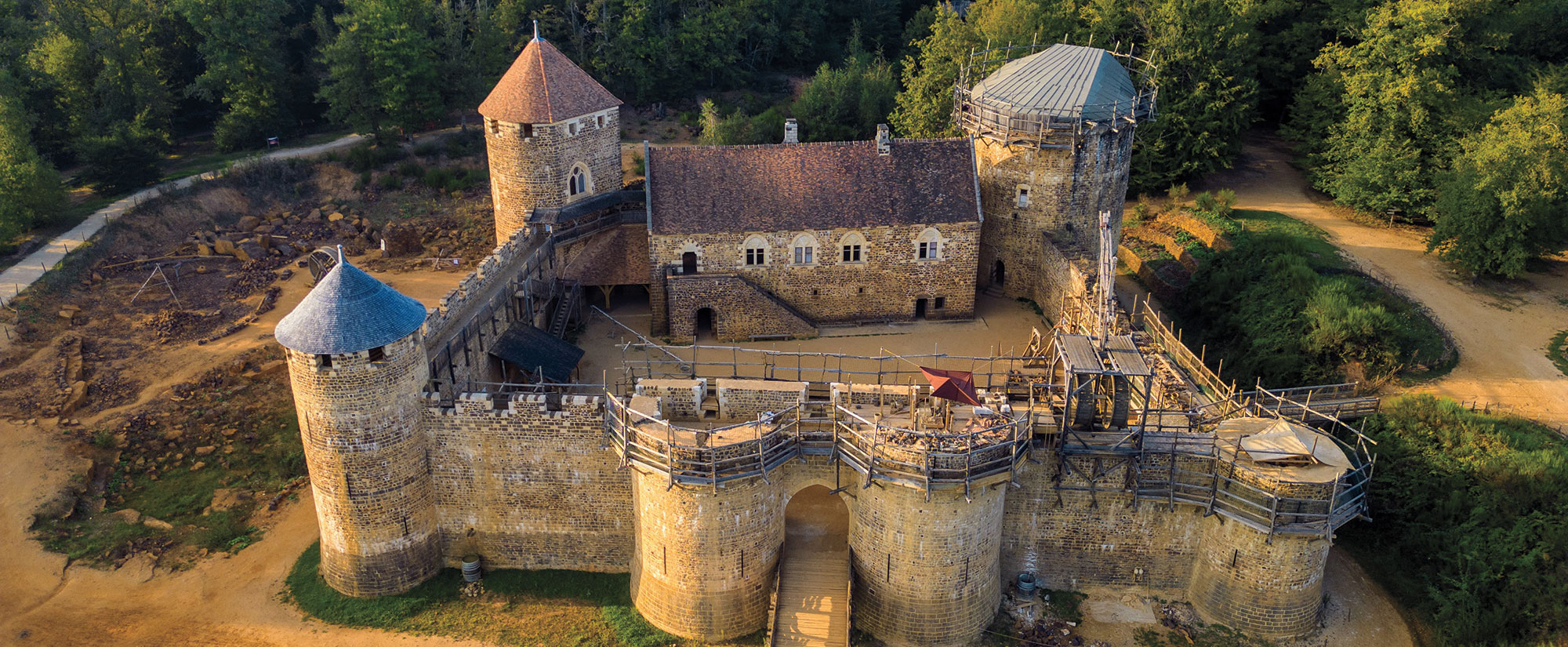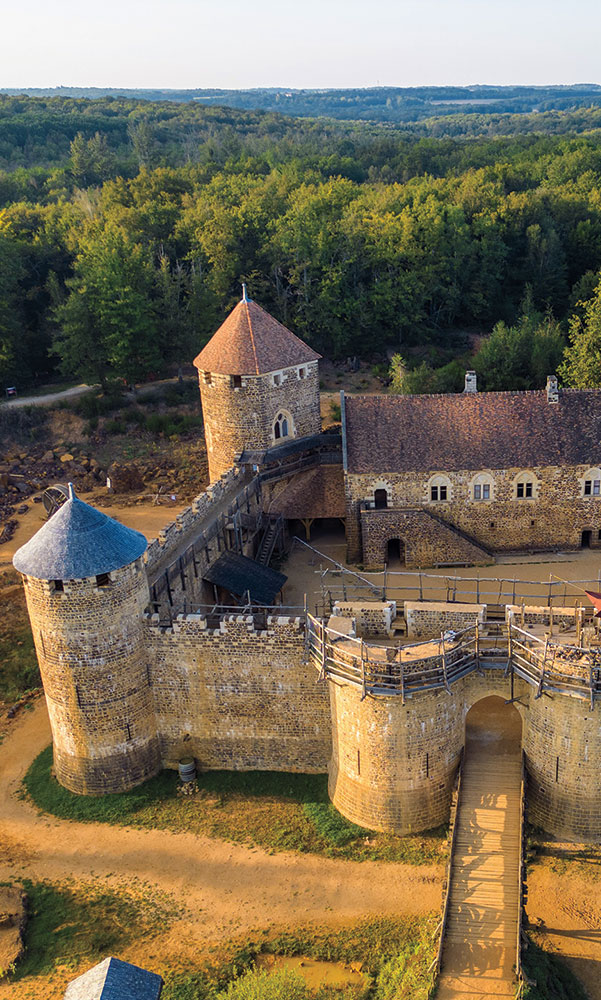ST. LOUIS, MISSOURI—It had been previously thought that the Poverty Point earthworks in northeastern Louisiana were inhabited some 3,500 years ago by a complex, hierarchical society ruled as a chiefdom, but traces of long-term dwellings and burials have not been uncovered at the site. According to a statement released by Washington University in St. Louis, archaeologists T.R. Kidder, Olivia Baumgartel, and Seth Grooms suggest that Poverty Point was used as a meeting place by egalitarian hunter-gatherers who lived all over the Southeast and the Midwest. “When these earthworks were being constructed, the Southeast was prone to severe weather and massive floods,” Kidder said. “We believe the inhabitants of Poverty Point built the mounds, performed rituals, and left behind valuable objects as a sacrifice and spiritual offering,” he explained. For more on Poverty Point, go to "Archaic Engineers Worked on a Deadline."
New Thoughts on Louisiana’s Poverty Point
News October 30, 2025
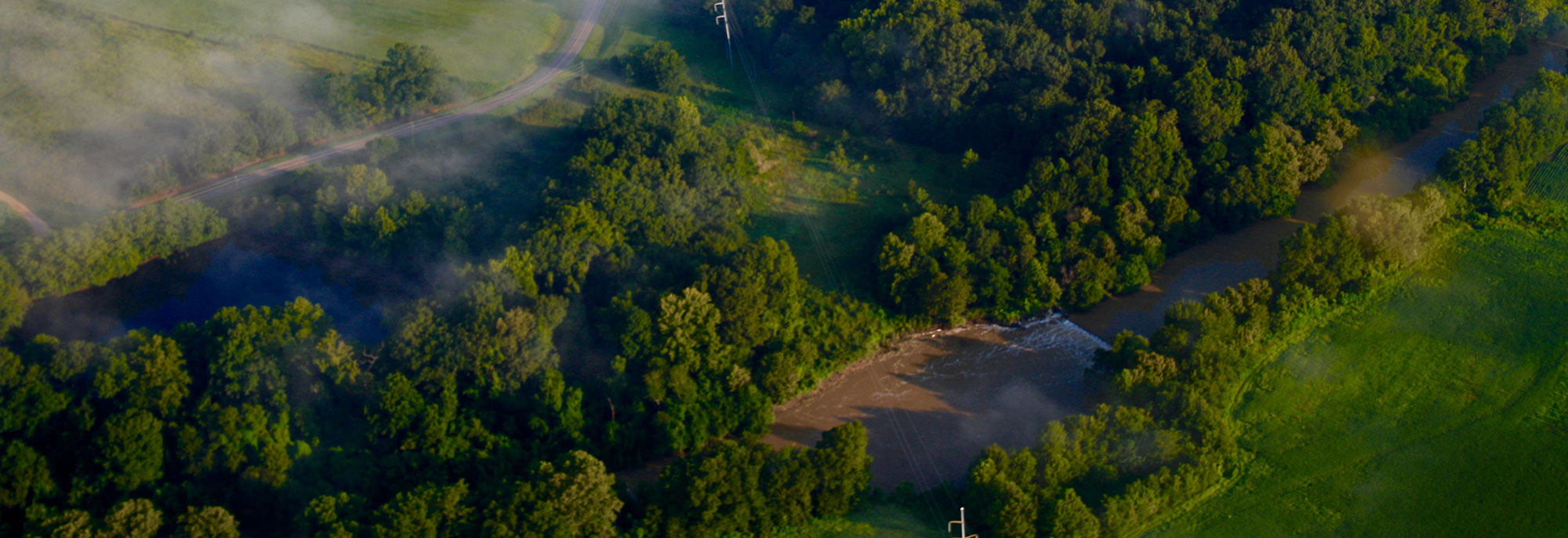
Recommended Articles
Features March/April 2022
Paradise Lost
Archaeologists in Nova Scotia are uncovering evidence of thriving seventeenth-century French colonists and their brutal expulsion

Off the Grid September/October 2017
Los Adaes, Louisiana
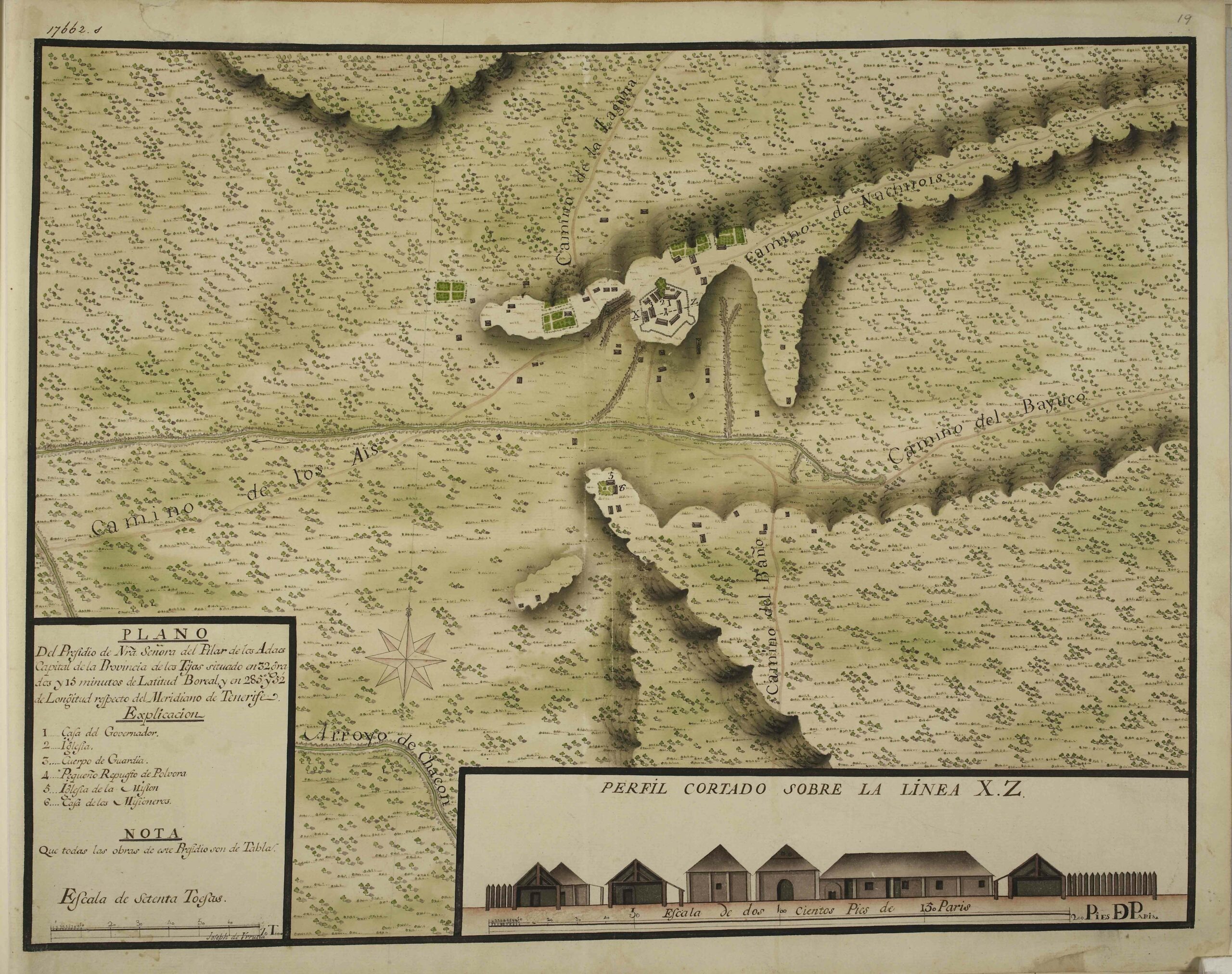
Digs & Discoveries May/June 2013
Archaic Engineers Worked on a Deadline
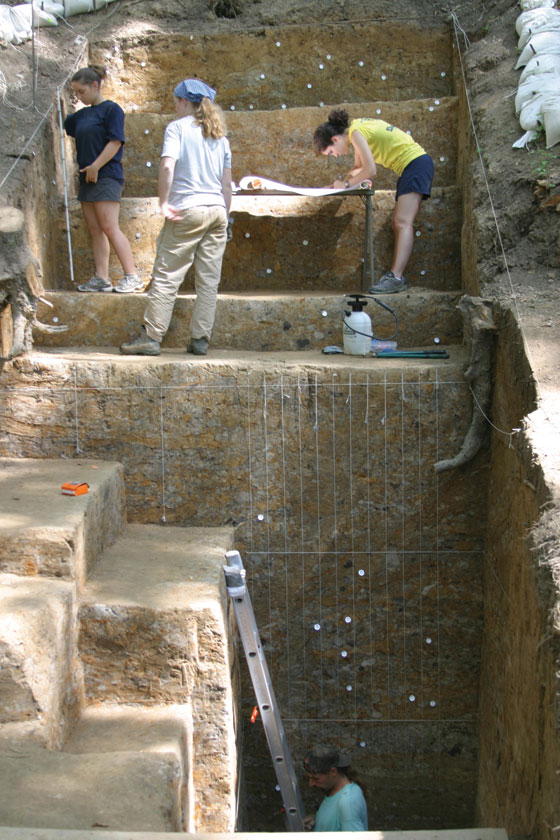
Off the Grid September 1, 2011
Tchefuncte River Lighthouse

-
Features September/October 2025
Spirit Cave Connection
The world’s oldest mummified person is the ancestor of Nevada’s Northern Paiute people
 Howard Goldbaum/allaroundnevada.com
Howard Goldbaum/allaroundnevada.com -
Features September/October 2025
Here Comes the Sun
On a small Danish island 5,000 years ago, farmers crafted tokens to bring the sun out of the shadows
 Courtesy the National Museum of Denmark
Courtesy the National Museum of Denmark -
Features September/October 2025
Myth of the Golden Dragon
Eclectic artifacts from tombs in northeastern China tell the story of a little-known dynasty
 Photograph courtesy Liaoning Provincial Museum, Liaoning Provincial Institute of Cultural Relics and Archaeology, and Chaoyang County Museum
Photograph courtesy Liaoning Provincial Museum, Liaoning Provincial Institute of Cultural Relics and Archaeology, and Chaoyang County Museum -
Features September/October 2025
Remote Sanctuary at the Crossroads of Empire
Ancient Bactrians invented distinct ways to worship their gods 2,300 years ago in Tajikistan
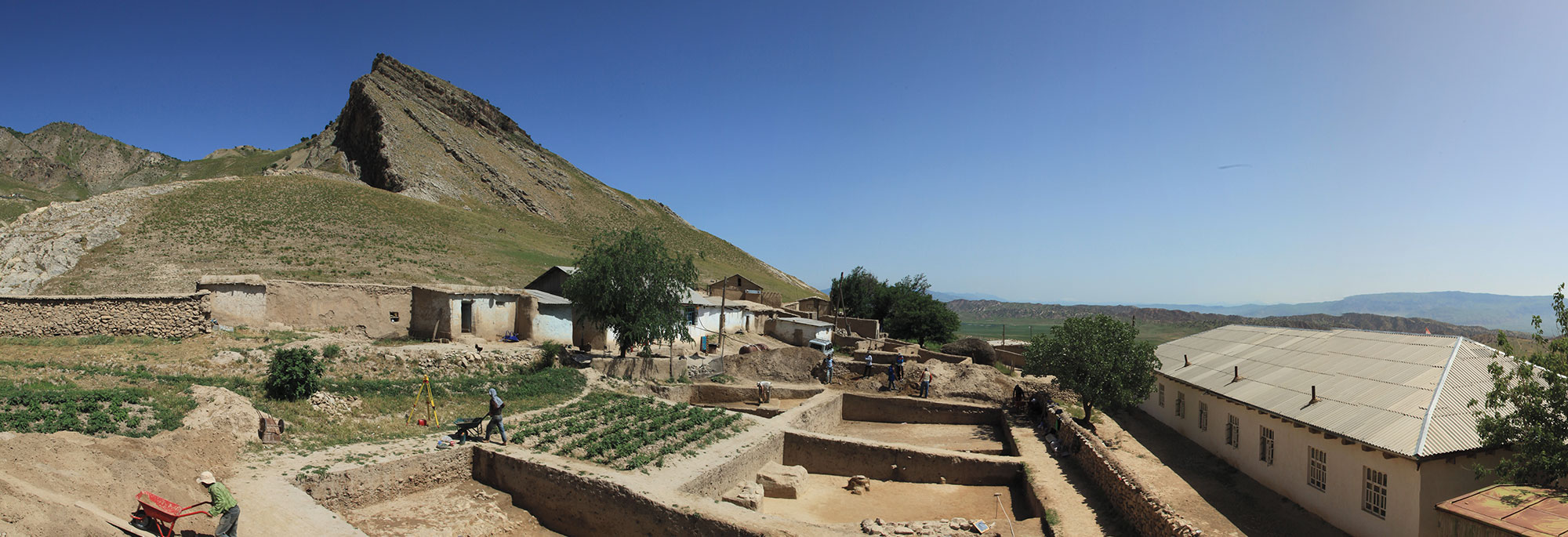 Gunvor Lindström/Excavations supported by the German Research Foundation
Gunvor Lindström/Excavations supported by the German Research Foundation


